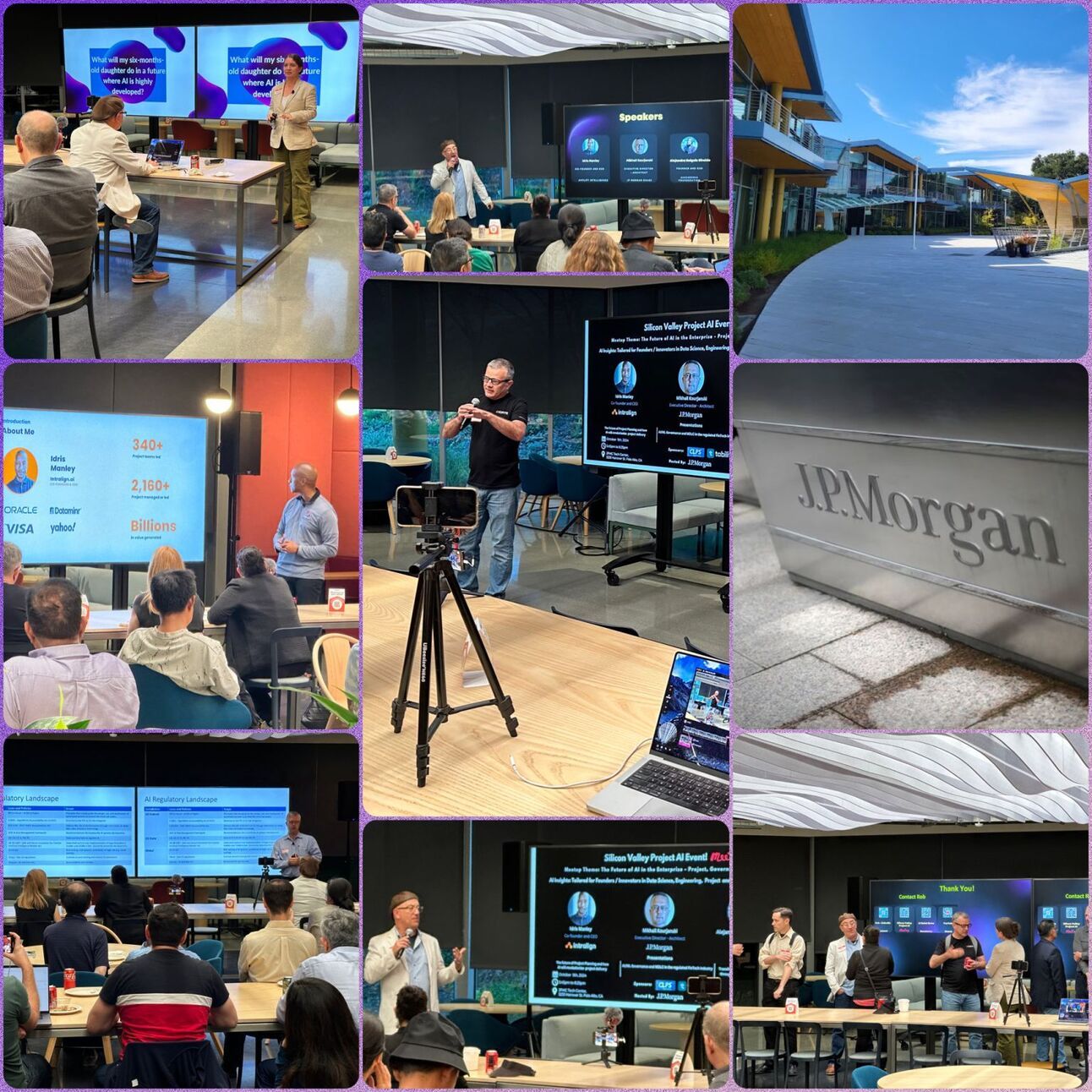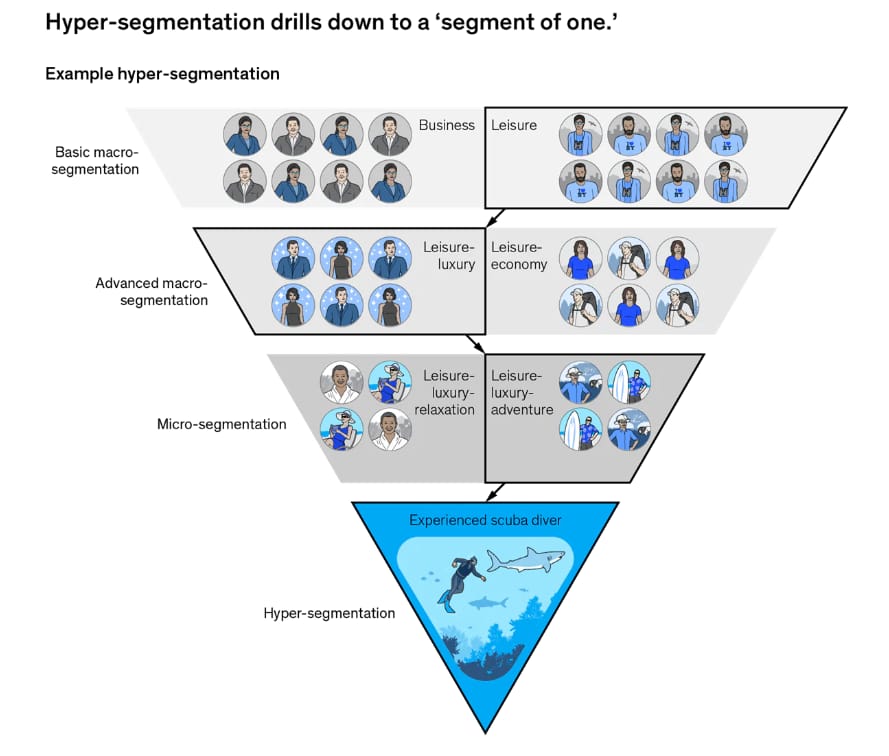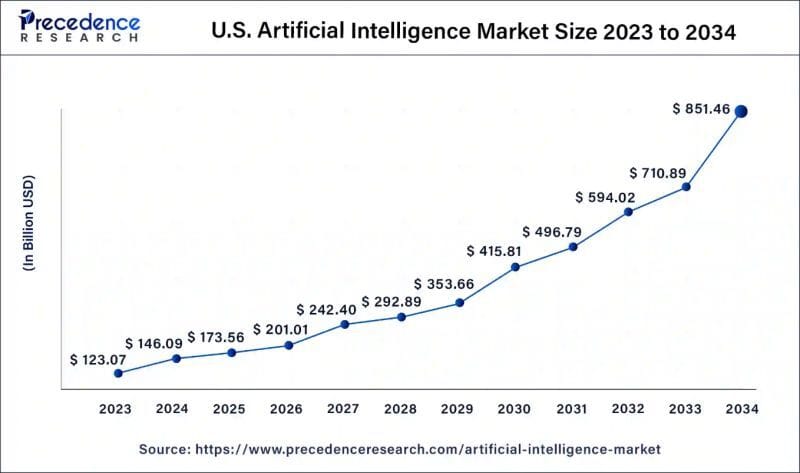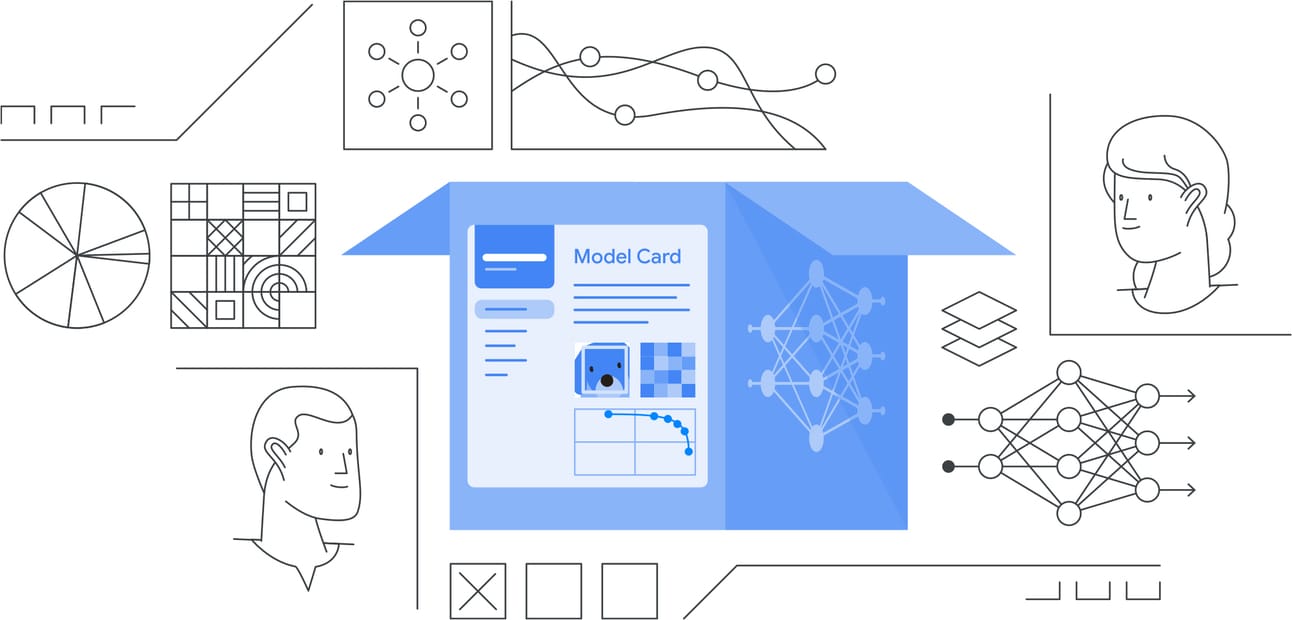This issues AI roundup is packed with insights you can’t miss! Start with Women in AI, where Silicon Valley’s brightest minds gather for an inspiring evening. Missed it live? Our Catch the Replay Magic has you covered! We explore AI’s transformative power—from reshaping the travel industry to groundbreaking diagnostics advancements and the transparency revolution with Model Cards.
Join us for Women in AI: an unforgettable night at the heart of Silicon Valley's AI revolution! Free admission, food and refreshments!
Catch the Replay Magic! – Can’t join live? We’ve got you covered with a recording to enjoy anytime, anywhere!
Quick bits
🧩 Strategy: The Promise of Travel in the Age of AI
📊 Trends: Artificial Intelligence in Diagnostics
🛠️ Training & Tools: Model Cards - time to read the label

Writer RAG tool: build production-ready RAG apps in minutes
RAG in just a few lines of code? We’ve launched a predefined RAG tool on our developer platform, making it easy to bring your data into a Knowledge Graph and interact with it with AI. With a single API call, writer LLMs will intelligently call the RAG tool to chat with your data.
Integrated into Writer’s full-stack platform, it eliminates the need for complex vendor RAG setups, making it quick to build scalable, highly accurate AI workflows just by passing a graph ID of your data as a parameter to your RAG tool.


Welcome, To 8 bits for a Byte!
Let’s Get To It!

🧩 Strategy
The travel industry is on the cusp of explosive growth, driven by the transformative power of AI. Success will belong to companies bold enough to reimagine every aspect of their business—from delivering unforgettable customer experiences to designing AI-enhanced products and empowering teams to thrive in a tech-forward world. This is more than evolution; it’s a reinvention of how organizations create value in an AI-powered era.
But let’s not sugarcoat it: harnessing AI isn’t easy. Many companies falter, held back by outdated systems and resistance to change. This article lays out the three critical areas every organization must master to thrive in the AI arena. It’s a roadmap to innovation for those ready to rise to the challenge—and unlock the immense potential of this groundbreaking moment in travel.
Executive Summary
The travel industry is entering a new golden age, fueled by advancements in artificial intelligence (AI) and machine learning (ML). From hyper-personalized travel experiences to AI-driven operational improvements, these technologies are transforming the way we plan, book, and experience travel. This evolution offers a chance for companies to bridge the gap between travel aspirations and real-world customer experiences, driving growth and innovation across the sector. To stay competitive, businesses must embrace AI to enhance customer relationships, improve product offerings, and empower their workforce.
Key Points
1. Personalized Customer Experiences Through AI
AI enables travel companies to hyper-personalize interactions, turning generic offerings into tailored experiences. Tools like generative AI assistants simplify complex trip planning and provide real-time, individual recovery solutions during disruptions.
Examples include Expedia’s ChatGPT integration and Delta’s use of Parallel Reality displays, showcasing how AI can create seamless, context-aware customer journeys.
2. Transformative Product Design and Operations
AI and ML are redefining product innovation in travel. From virtual concierges to digital twins, these technologies minimize friction in booking and day-of travel experiences.
Startups like Plum Guide demonstrate the power of AI in scaling creative tasks, while Six Flags uses GenAI to enhance visitor engagement, highlighting how digitization supports both customer satisfaction and operational efficiency.
3. Empowering the Workforce with Technology
Digital tools augment the capabilities of frontline workers, offering real-time decision-making support and reducing learning curves through VR and AR training.
Companies like MGM Resorts use VR to reduce training times and improve service quality, while AI-driven tools such as Assaia’s airport solutions streamline operations, reducing delays and enhancing workforce satisfaction.

Hands Down Some Of The Best Credit Cards Of 2025
Pay No Interest Until Nearly 2027 AND Earn 5% Cash Back

📊 Trends
AI is shaping the future of diagnostics with precision, speed, and scalability, offering immense potential for improving patient outcomes and enhancing healthcare efficiency worldwide. This is the area of AI that excites me the most. Imagine curing cancer and Alzheimer’s within the next five to ten years—how incredible would that be?
Executive Summary
The global Artificial Intelligence (AI) in diagnostics market is booming, with a projected growth from $1.33 billion in 2023 to $8.54 billion by 2033, reflecting a CAGR of 20.37%. AI is revolutionizing healthcare diagnostics, enhancing precision and efficiency across fields like radiology, neurology, and oncology. With North America leading in adoption and Asia Pacific emerging as a high-growth region, AI's integration in diagnostics is addressing healthcare challenges like staff shortages and increasing demand for personalized medicine. This surge is driven by innovations in AI-powered software, cloud solutions, and collaborative efforts among industry leaders.
Key Points
1. Rapid Market Growth and Regional Highlights
The market is set to grow sixfold by 2033, with North America dominating (57.14% revenue share in 2023) and Asia Pacific experiencing the fastest growth, fueled by government initiatives and investments.
The U.S. market alone is expected to grow from $530 million in 2023 to $3.57 billion by 2033, as AI addresses staff shortages and enhances hospital management.
2. Transformative AI Applications in Diagnostics
AI is redefining diagnostics through technologies like deep learning for cancer detection, AI-driven imaging for radiology, and IoT-enabled health monitoring.
Neurology led with a 25% revenue share in 2023, while radiology is projected as the fastest-growing segment due to advancements in diagnostic imaging tools.
3. Innovation-Driven Growth and Challenges
Key players like Siemens Healthcare, GE Healthcare, and Google DeepMind are spearheading AI advancements with cutting-edge solutions and strategic collaborations.
Challenges like high implementation costs persist, but ongoing innovations in cloud-based and AI-powered solutions are driving accessibility and precision, setting a strong foundation for the future.
AI is shaping the future of diagnostics with precision, speed, and scalability, offering immense potential for improved patient outcomes and healthcare efficiency worldwide.

There’s a reason 400,000 professionals read this daily.
Join The AI Report, trusted by 400,000+ professionals at Google, Microsoft, and OpenAI. Get daily insights, tools, and strategies to master practical AI skills that drive results.

🛠️ Training & Tools
Model cards are more than a technical artifact—they are a beacon for AI transparency, equipping us all to navigate the age of intelligent systems with confidence.
Executive Summary
AI’s transformative potential comes with a pressing need for transparency and accountability. Enter model cards: a structured approach to documenting machine learning models, offering clear insights into their capabilities, limitations, and ethical considerations. First introduced by Google in 2018, model cards have evolved into a vital tool for responsible AI development, empowering developers, organizations, and regulators to make informed decisions and mitigate risks. With AI applications growing in complexity, model cards pave the way for shared understanding and better outcomes across industries.
Key Points
1. Model Cards: A Roadmap to Transparency
Model cards provide structured metadata about AI models, covering their strengths, weaknesses, and operational guidelines. They help users understand critical factors like optimal conditions, potential blind spots, and fairness across demographics.
By encouraging clarity, they allow developers to maximize a model’s effectiveness while minimizing risks, fostering trust in AI applications.
2. Evolving to Meet AI’s Complexity
Since their introduction, model cards have expanded to meet the needs of increasingly advanced AI systems, including generative AI. They now emphasize practical usability, ethical considerations, and clear guidance on risks and mitigations.
Tools like Google’s Model Card Toolkit (MCT) streamline the creation of model cards, promoting their adoption across diverse AI applications, from language models like PaLM 2 to healthcare-focused systems like Med-PaLM 2.
3. A Collaborative Framework for Responsible AI
Model cards are not just a Google initiative but a shared framework, shaped by input from developers, companies, regulators, and civil society. This collaboration ensures their relevance across industries and enhances their role in advancing responsible AI.
By fostering transparency, model cards help build a foundation for AI systems that serve the greater good, balancing innovation with accountability.
Check out this list of Model Cards for Google’s first-party models
Until next time, take it one byte at a time!
Rob









